
4 minute read
In the Wild
SEARCHING FOR A SIGN
Work continues to track both the released and wild pygmy hogs across the tall grasslands of the Himalayan foothills. Over the last year, the team have been monitoring populations of this threatened species in four protected areas covering their entire range. The field team surveyed each region looking for signs of pygmy hogs and other native species such as the hispid hare and hog deer. The presence of nests and droppings are the leading indicators that an area is being used by the hogs. The surveys covered a total area of 36km 2 , with almost 240 hours spent searching. Based on the results of these surveys, 50 camera traps were installed in three major grasslands in Manas National Park. The cameras managed to capture pygmy hogs in three different locations, as well as many other native species that rely on this unique grassland.
Advertisement
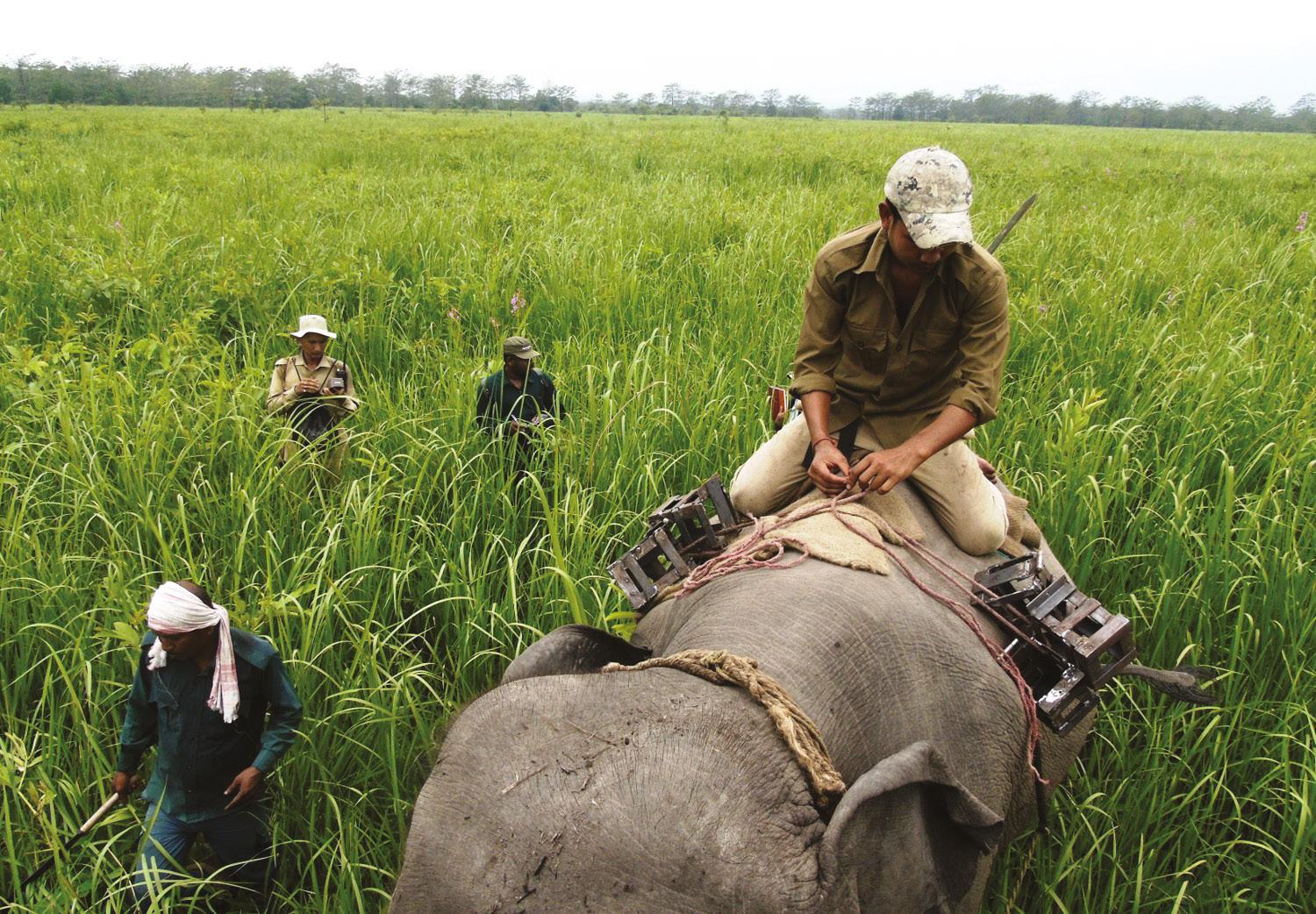
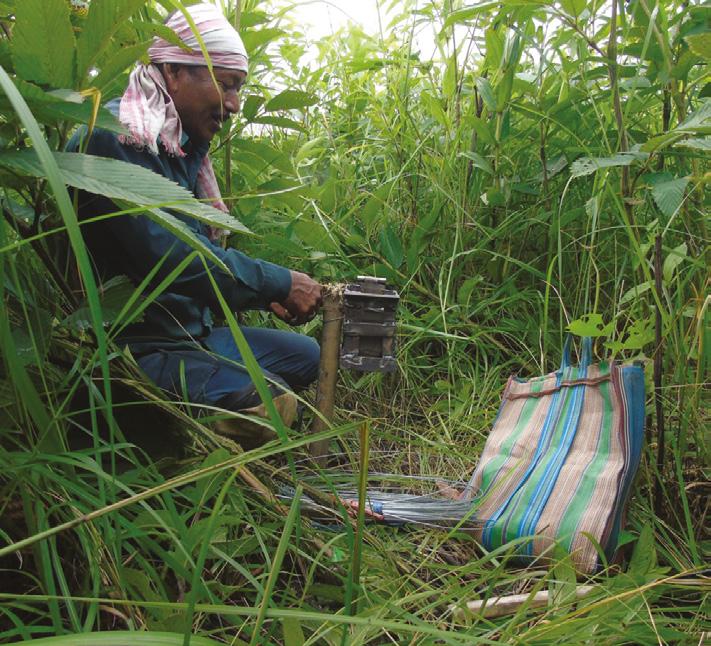
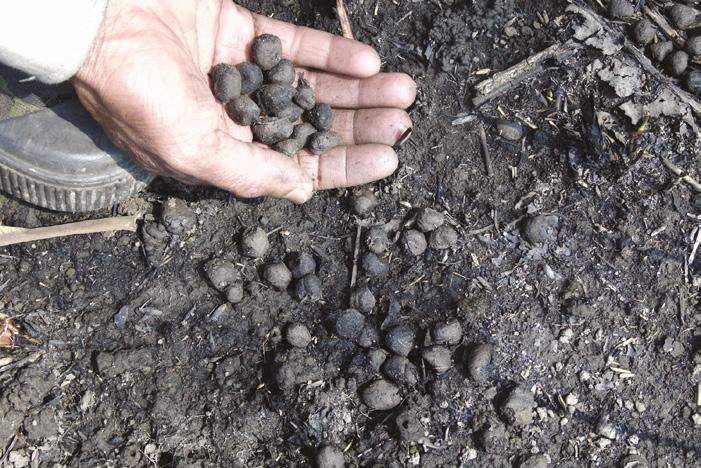
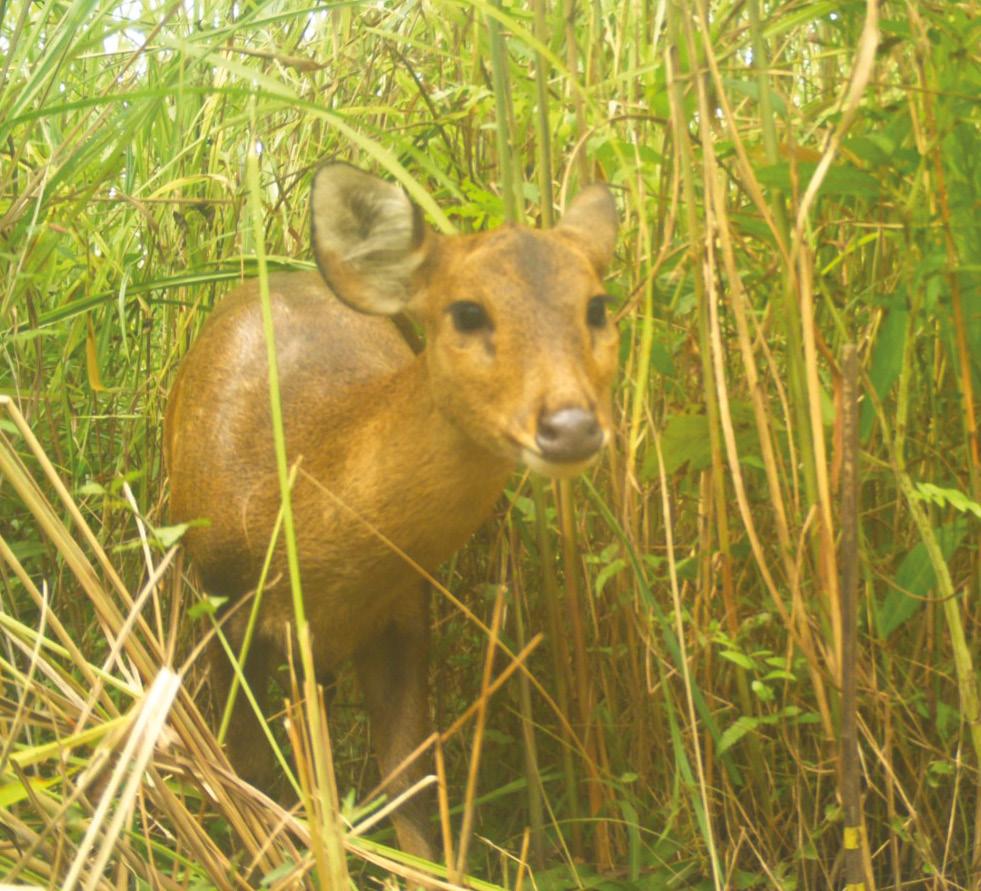
CAUGHT IN THE ACT
One of the main threats to the endangered white-breasted thrasher in Saint Lucia is predators taking young birds from the nest. Camera traps have been installed to monitor nest activity to identify which species pose the most severe risk to the chicks and eggs. In particular, whether they are natural endemic predators such as the Fer-de-Lance or introduced alien species, such as the small Indian mongoose. This information will help the team to develop a predator control programme that will hopefully increase the fledgling success rate.
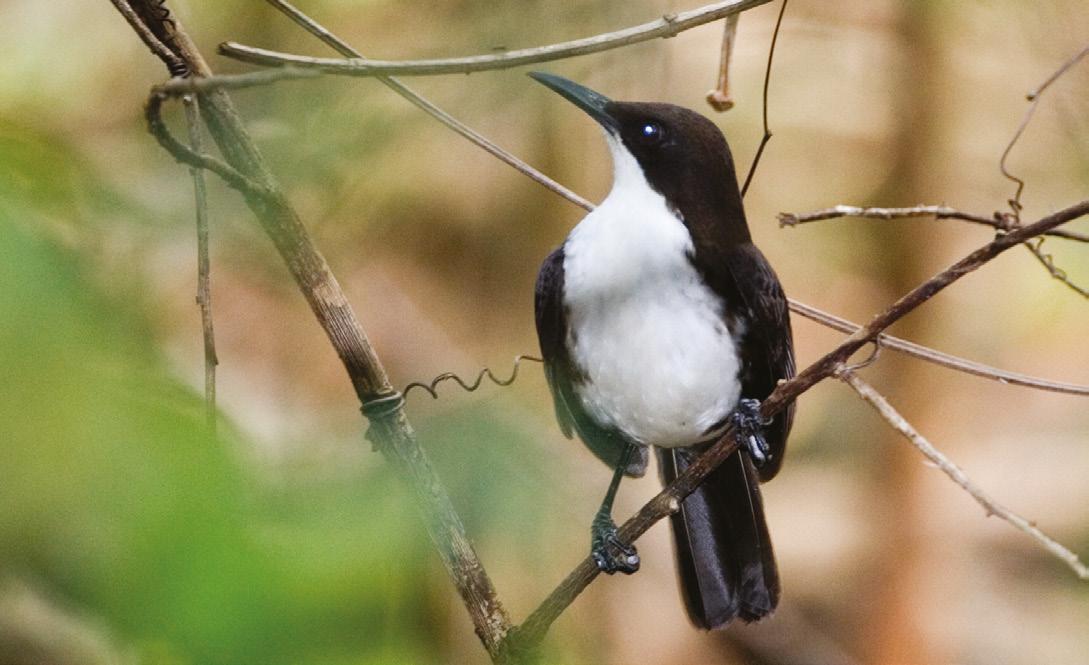
A FINCH SAFETY NET
An island-wide eradication of invasive predators is due to begin on Floreana in the Galápagos Islands in 2020. Five species of Darwin’s finches have been identified as being at potential risk during this period, including the medium tree finch which is found only on Floreana. To guarantee the safety of these birds, individuals of each species will be held in captivity throughout the eradication and monitored post-release. Captive trials have identified the needs of the finches to establish best practice guidelines to ensure their survival in captivity. The first step will be to improve the holding facilities by extending the aviary. This will allow birds to be kept in appropriate densities that guarantee good health and welfare.
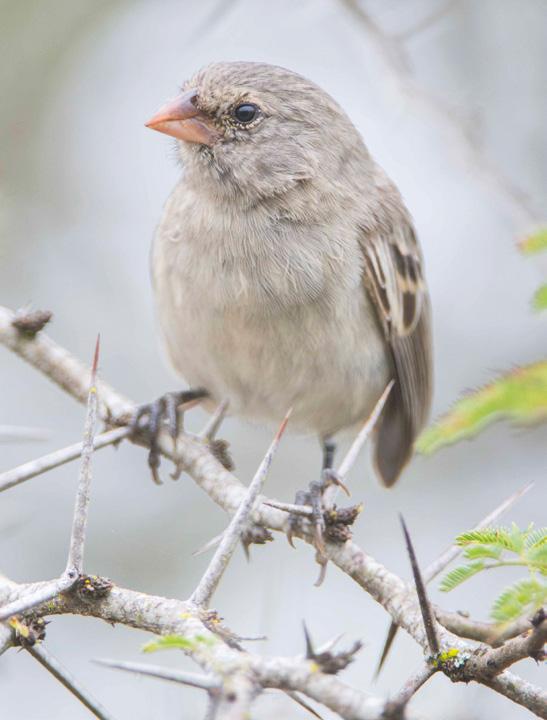
GIANT JUMPING RATS ON CAMERA
Our team in Madagascar have managed to capture what could be the first-ever camera trap footage of the endangered Malagasy giant jumping rat in the wild. These elusive yet charismatic mammals are found only in the Menabe-Antimena Protected Area and depend on good quality forest to thrive. Rapid deforestation across its native range to make way for cash crops such as peanut and maize is driving the species to extinction. Camera traps are being used for the first time to help gain a better estimate of the current population size. The videos show exciting insights into their behaviour, and it is hoped that this footage will also help bring the plight of this species into focus.
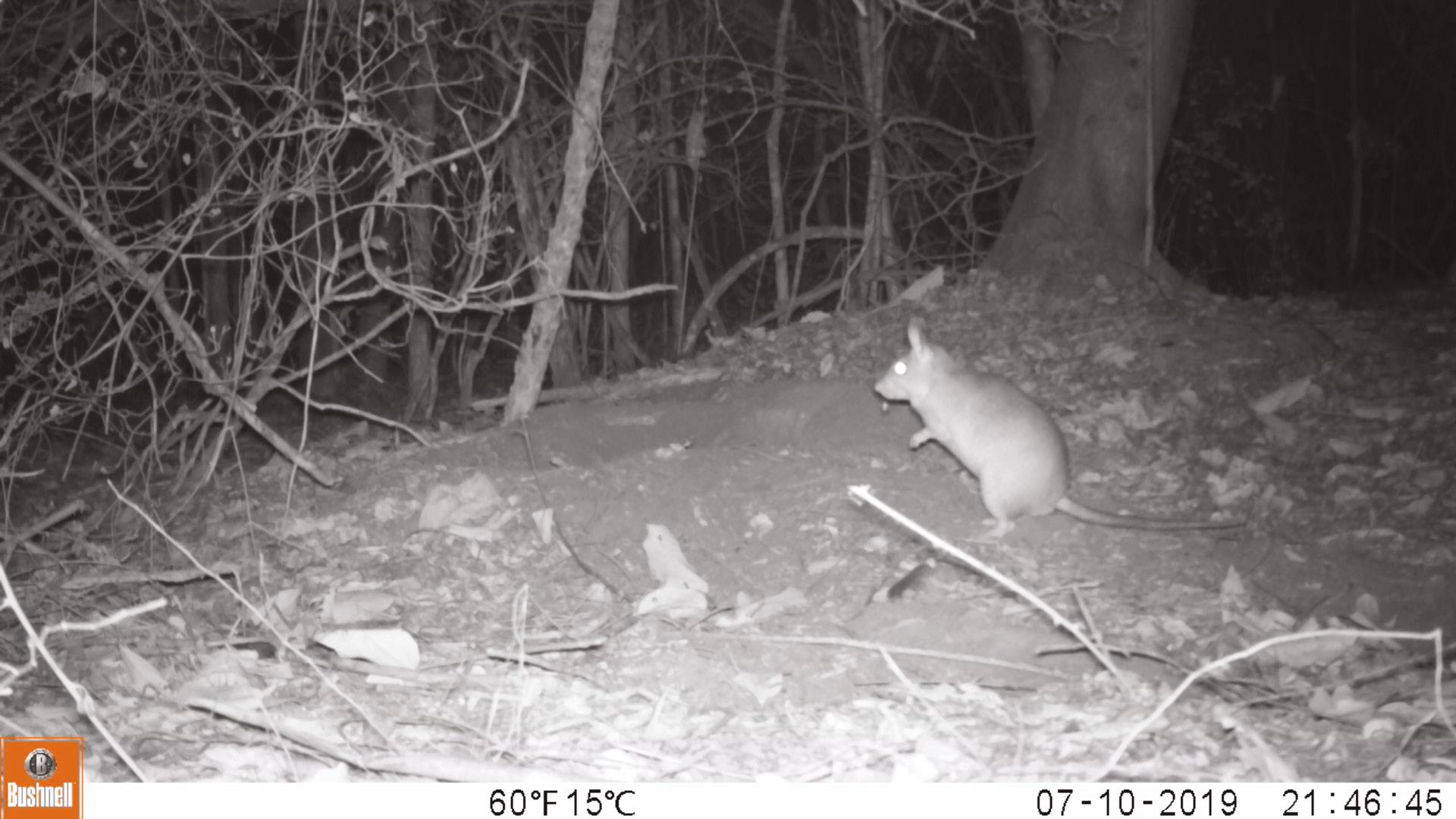
RETURNING THE WILDCAT TO BRITAIN
We are delighted to be partnering with the Vincent Wildlife Trust (VWT) to restore one of the rarest and most endangered mammals in Britain, the European wildcat. Alongside VWT, we aim to pool our knowledge and experience to establish a self-sustaining population of the species outside of Scotland, where it is currently found only in the remote Highlands. An initial study to identify potential areas for reintroduction has already been undertaken. The next stage will be to conduct more in-depth ecological and social feasibility studies within these areas to determine which is the most suitable as a release site. A core focus of this project will be to work alongside local communities, taking into full account their views and needs.
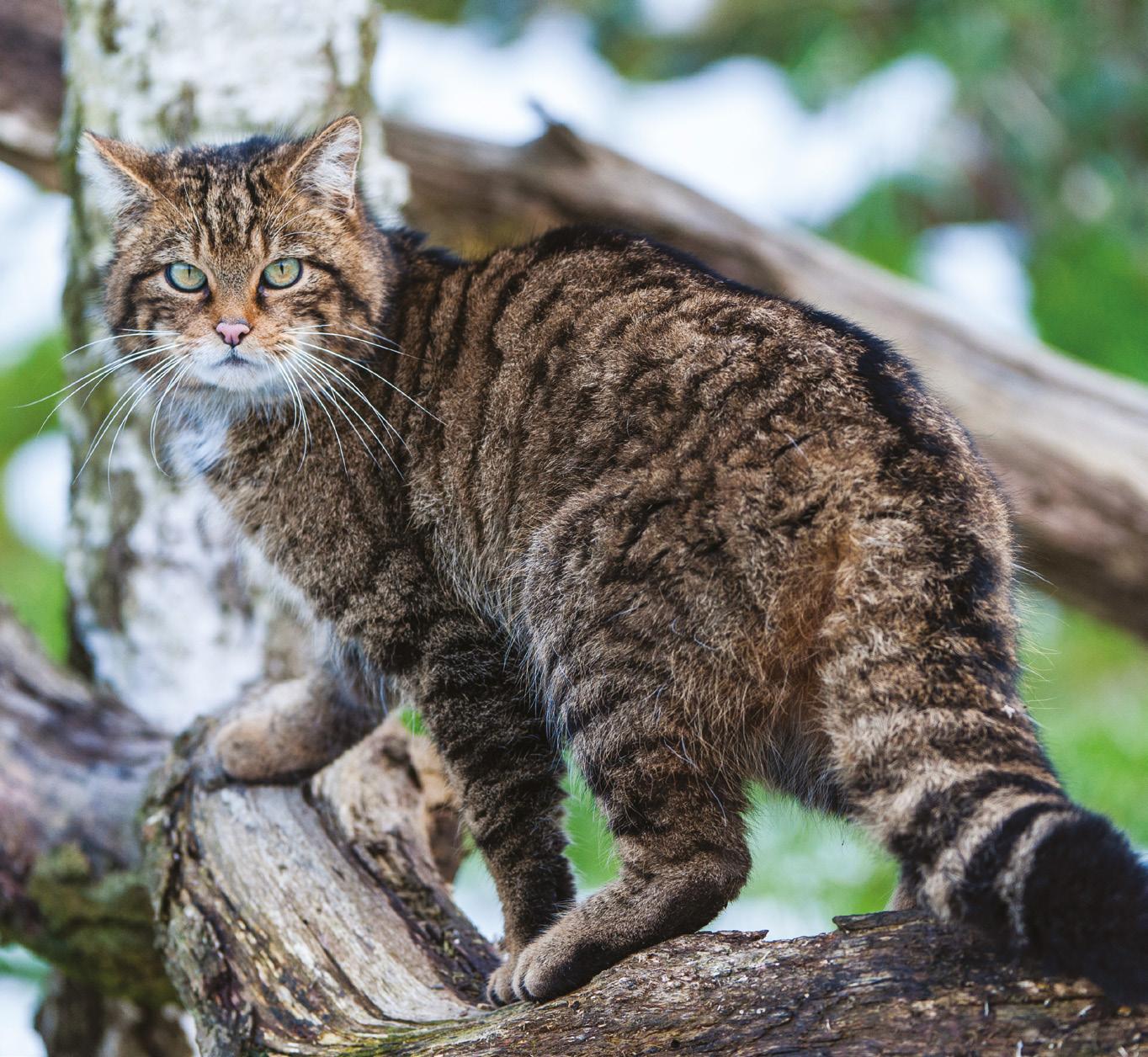
A NEW FIELD STATION
The success of our Rewild our Islands fundraising campaign has enabled work to begin on enhancing the infrastructure on Round Island with a new field station and office/quarantine facilities. However, getting 20 tonnes of building materials to an uninhabited island 22 kilometres off the coast of Mauritius came with its challenges. In total, it took 36 helicopter trips and around 68 people to shift all of the materials. Once completed, these new facilities will aid the work to restore the island’s ecosystem and recover populations of threatened wildlife.
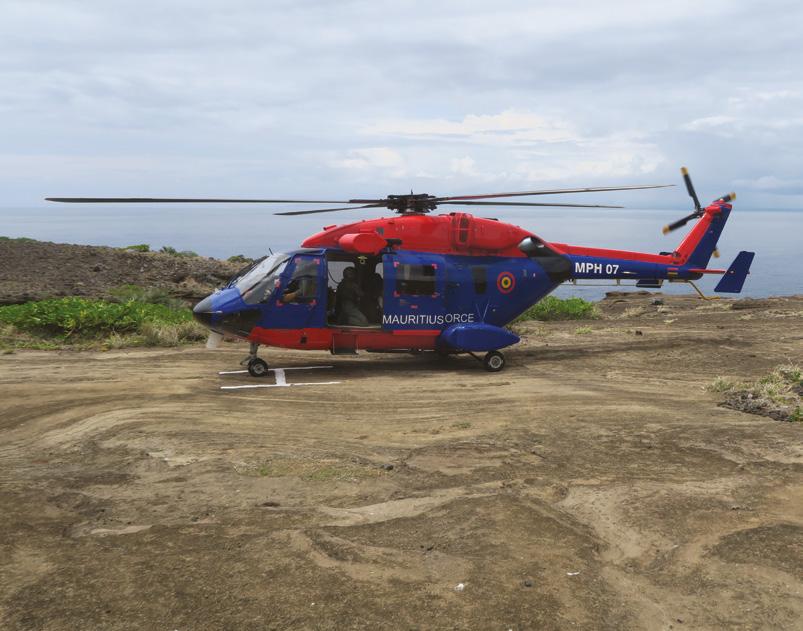
HOPE FOR ENDANGERED TURTLE
The second-ever release of captive-raised Madagascar big-headed turtles into Lake Ravelobe is due to take place early next year. This critically endangered turtle, known locally as ‘rere’, is under threat from the loss of wetlands and hunting for food by impoverished local communities. Our team in Madagascar will work alongside these communities and law enforcement to increase patrols in the area to reduce the amount of illegal fishing. The condition of the lake can then be improved to benefit both the rere and the local people who rely on the resources it provides. The aim is to use the turtles as a flagship to restoring local wetlands.
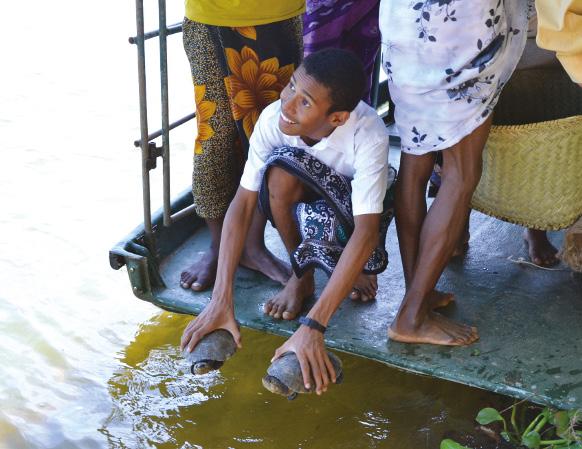
KEEP UP TO DATE WITH OUR WORK SIGN UP FOR OUR ENEWS
DURRELL.ORG/NEWS










